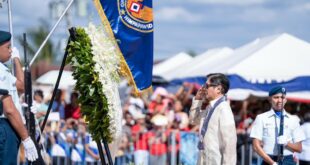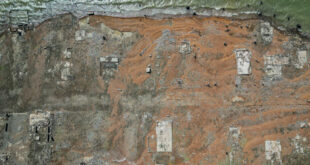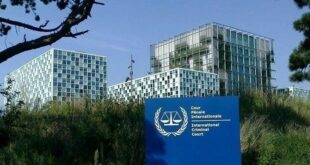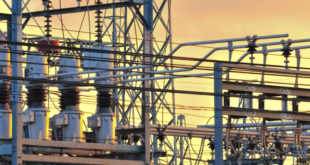
MANILA – As 2023 comes to an end, all eyes are on the upcoming privatization of the country’s main gateway — the Ninoy Aquino International Airport (NAIA) — which can be considered its biggest change this year.
NAIA’s operator, the Manila International Airport Authority (MIAA) assures that the public would see a better airport next year with all the improvements having started in 2023.
In an interview with the Philippine News Agency (PNA), MIAA Senior Assistant General Manager Bryan Co said improvements would continue even before the private operator comes in.
“Upgrade of facilities and electrical system, air conditioner repairs will continue. We still have a full budget for next year as the turnover to private operator will be by mid-2024,” he said, adding that PHP5 billion has been allocated for capital expenditures for these improvements.
Four consortia have submitted bids for the PHP170.6 billion NAIA rehabilitation project. They are the Manila International Airport Consortium, Asian Airport Consortium, GMR Airports Consortium, and SMC SAP and Co. Consortium.
The project basically aims to increase passenger annual capacity from 32 million to 60 million; and improve the NAIA complex, including facilities such as the runway, taxiway, and ramp areas as well as the firefighting facility.
While some may be wondering why there is a need to privatize the airport, Co emphasized that the NAIA should be at par with international benchmarks. To do this, he said the MIAA needs to tap the expertise of international experts. He cited as an example the privatization of airports in Cebu and Clark which have shown the effectiveness of public-private partnerships.
The MIAA will then govern the private operator and set the standards. There will be rate adjustments for the concessionaires to recover their investments, he said.
As for the employees, Co said they have several options, including whether they would want to transfer employment to the private operator, or to stay with the MIAA.
Those who would opt out would receive a severance package, and Co said the private operator would also offer a good package, somewhat similar to a signing bonus, for those who would transfer.
There are around 1,200 employees, and those involved in airport operations (e.g. Aerobridge operator) will mostly be affected by the privatization. The official confirmed that the private operator also has the option to absorb all the employees if the latter would want to.
Terminal rationalization
Co, who used to head the NAIA before MIAA General Manager Eric Jose Ines’ appointment, said there has been a more efficient flow at the airport due to terminal rationalization and investment in critical infrastructure. Taxiway upgrades from asphalt to concrete were also done in 2023.
Since December 2022 and under the leadership of then General Manager Cesar Chiong, the MIAA started to maximize the capacity of all the NAIA terminals and eventually made Terminal 2 an all-domestic facility.
It can also be recalled that segmented electrical maintenance were implemented to ensure a reliable system and uninterrupted passenger processing and flight operations.
Sought for comment, the head of flag carrier Philippine Airlines (PAL) has acknowledged the efforts of the Marcos administration and the MIAA.
“We are thankful for the government support and the initiative of President Marcos to boost tourism,” PAL President Stanley Ng told the Philippine News Agency in a chance interview.
More opportunities will open as the government and private sector work together, Ng said.
As an airline operator, Ng said he sees continuous digitalization and improvements in infrastructure with the privatization of NAIA.
Interconnectivity, which is in the privatization’s pipeline, will further boost NAIA as the flag carrier’s Manila hub.
The MIAA, he said, has been very cooperative, especially with PAL’s terminal transfers.
It has been more convenient for the passengers when PAL transferred international flights at Terminal 1 and when all the domestic flights are at Terminal 2, he said. — Ma. Cristina Arayata (PNA)
*****
Credit belongs to: www.pna.gov.ph
 Atin Ito First Filipino Community Newspaper in Ontario
Atin Ito First Filipino Community Newspaper in Ontario






